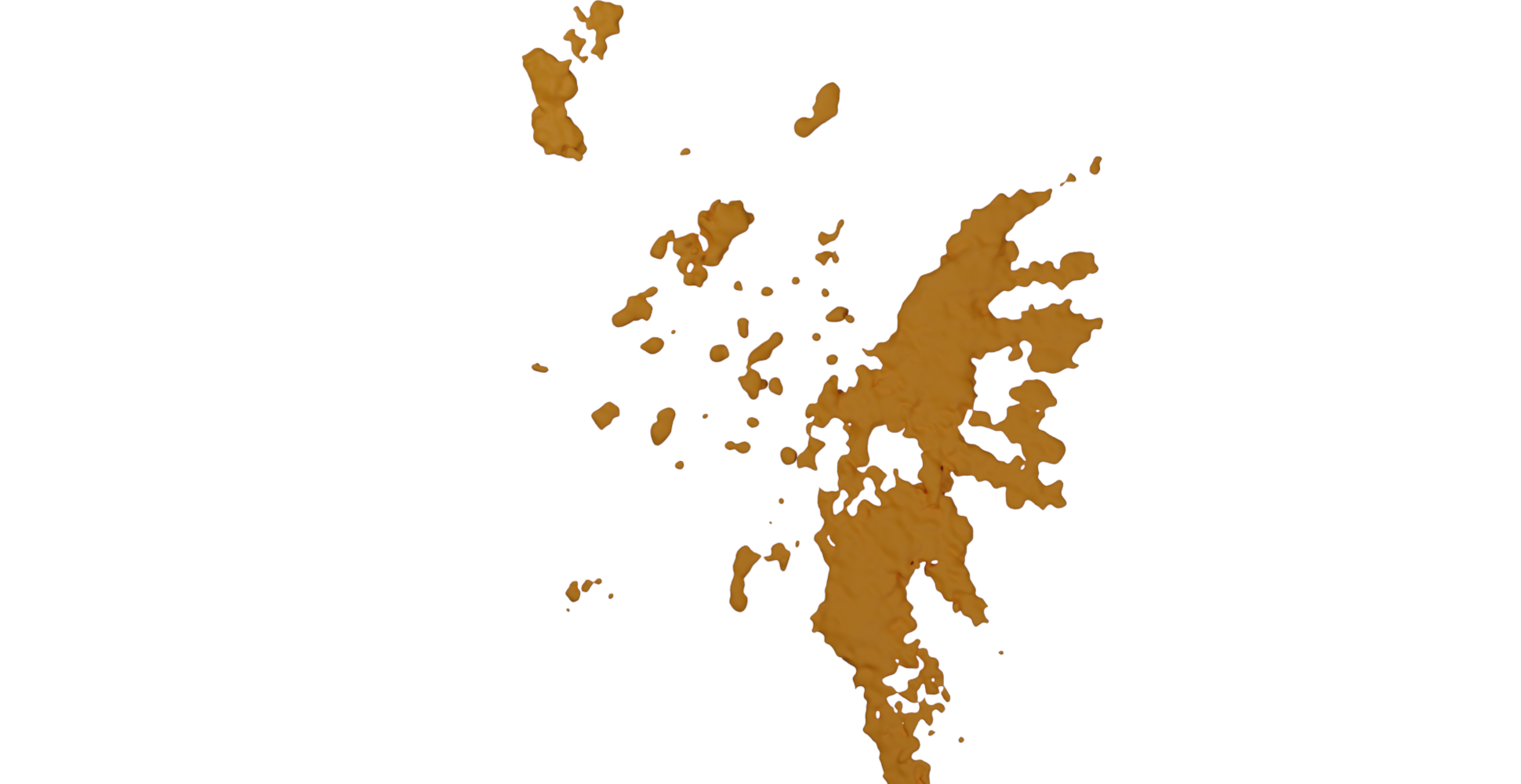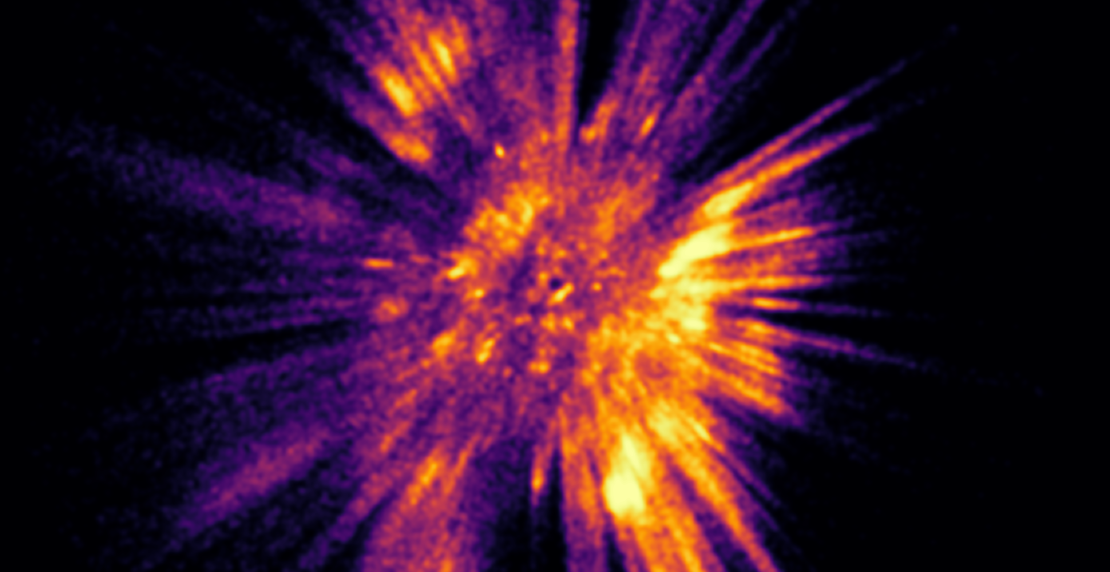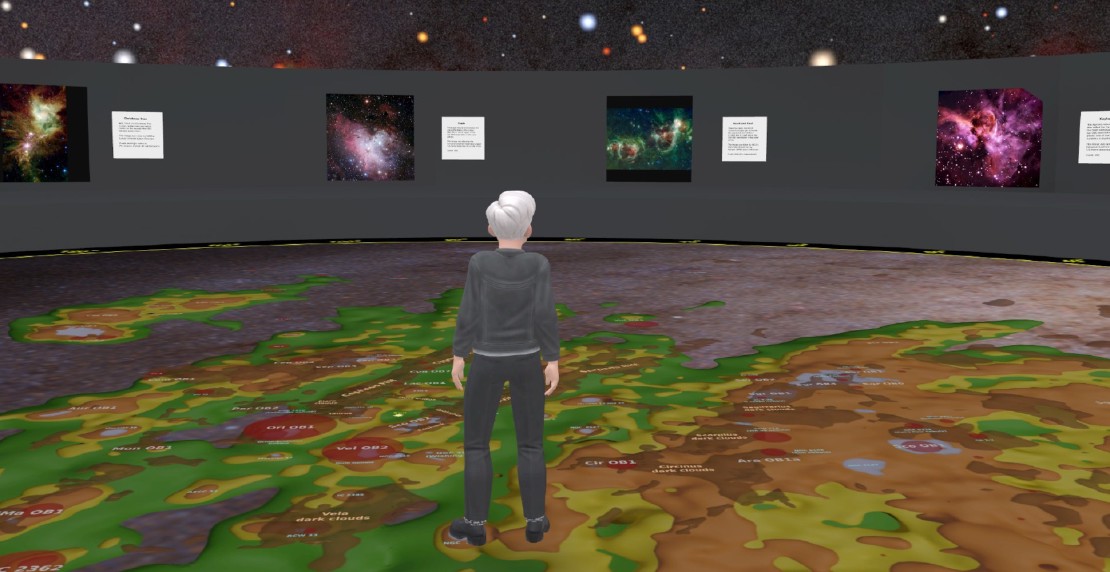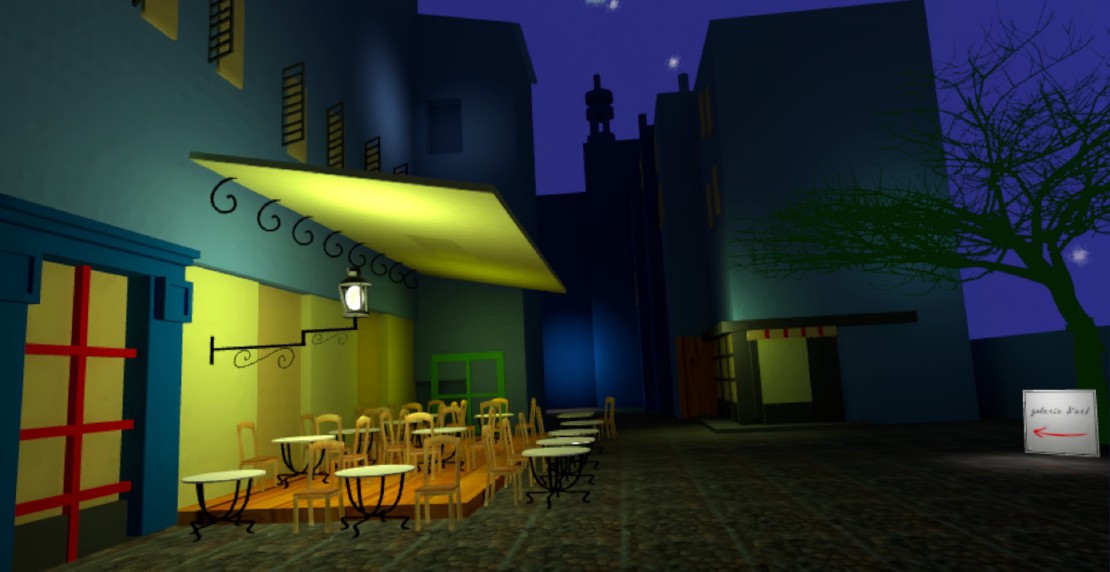MRI Scans of the Milky Way
The European Space Agency’s Gaia Mission has surveyed the 3D positions of almost 2 billion stars, creating a point cloud that looks more like a sand storm in the Sahara desert than a traditional star map.
How do we visualize such a vast data set?
One solution was described in the 2015 paper by Bouy and Alves, Cosmography of OB stars in the solar neighbourhood , which describes a technique to map star density borrowed from algorithms normally used to visualize human tissue density from MRI scans.
Just as MRI scans can distinguish between bones and other tissues based on density, star density analysis can help locate clusters, associations and star formation regions.
Once we have star density slices these can be converted into into 3D meshes using the marching cubes algorithm.

We can combine multiple meshes with different star densities together with dust density meshes and other known objects such as star clusters and HII regions of ionized hydrogen gas to create detailed maps of the Milky Way for the first time.

The maps get more accurate and detailed with each Gaia release. At least two more releases are expected: Gaia DR4 at the end of 2025 and Gaia DR5 at about 2030.
Related Posts
Exploring the Milky Way in VR
Today I’m announcing two experiences in Horizon Worlds that let you explore our home galaxy, the Milky Way. on the web, mobile phones or in virtual reality.
Read moreHorizon Worlds
Horizon Worlds is as close to a metaverse app that Meta has released so far. The 3D social network has gotten a reputation over the years for poor graphics and some badly behaved kids, but all of that is now changing.
Read moreVirtual tourism
Imagine one weekend getting together with friends and family for a tour of Beijing. Instead of an expensive and time consuming jet trip, you gather at a local hall, walk through a portal together and are greeted by your tour guide, who walks you around the city to see several highlights including the Lama Temple and the Forbidden City.
Read more


